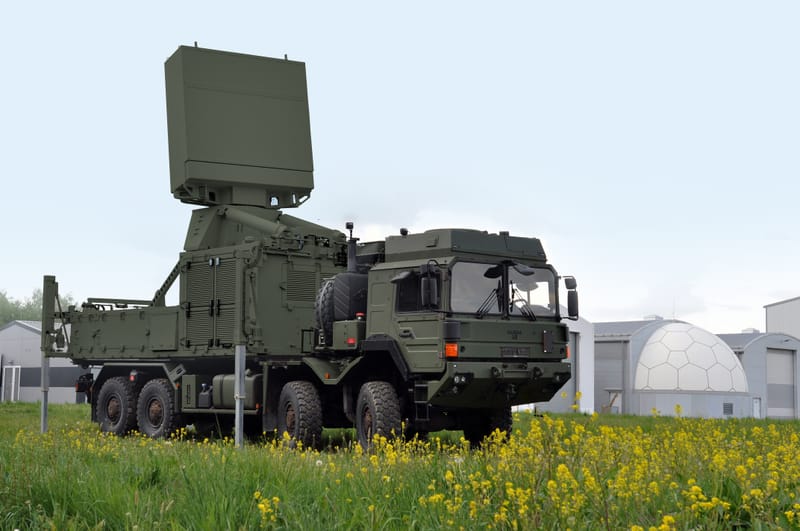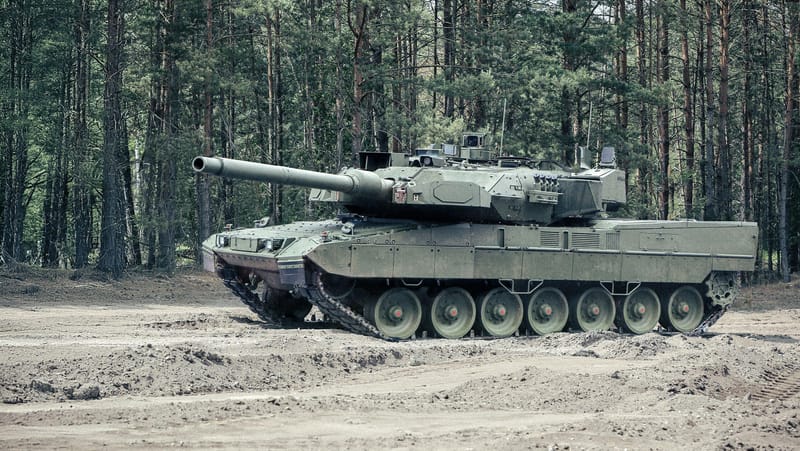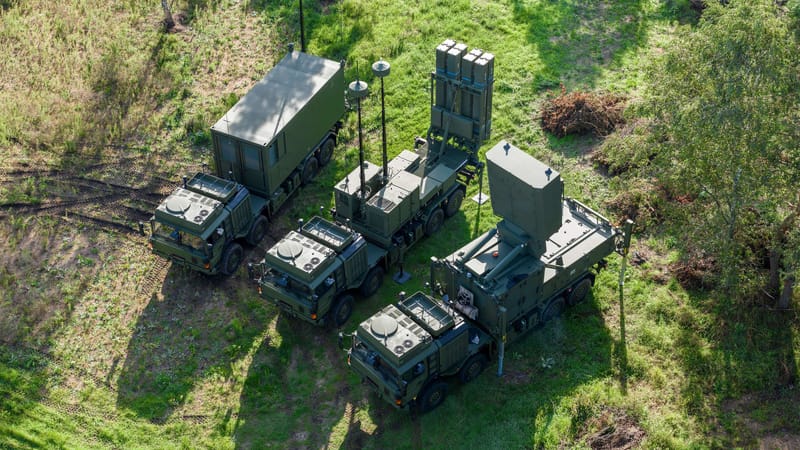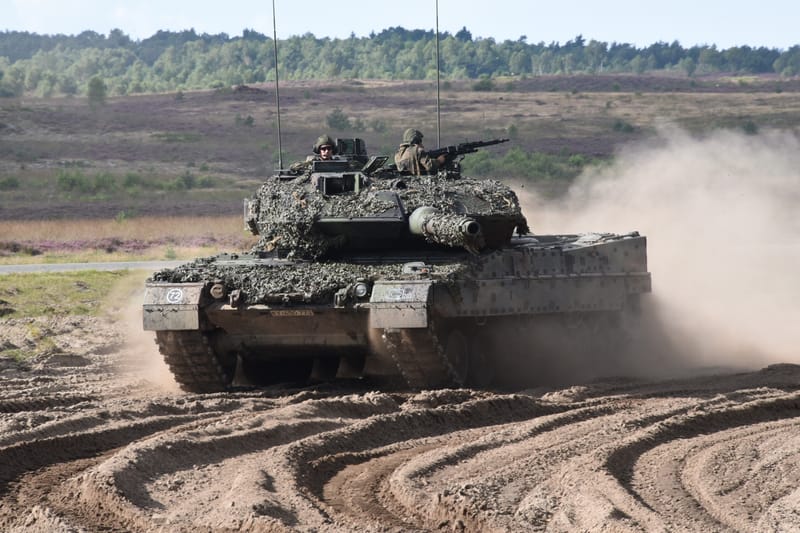Integrated Air and Missile Defense: Multilayer Architecture from SHORAD to Strategic Shielding
Integrated air and missile defenses now fuse sensors, interceptors, and command networks into dynamic, multilayered architectures that enable real-time, cross-domain threat engagement.
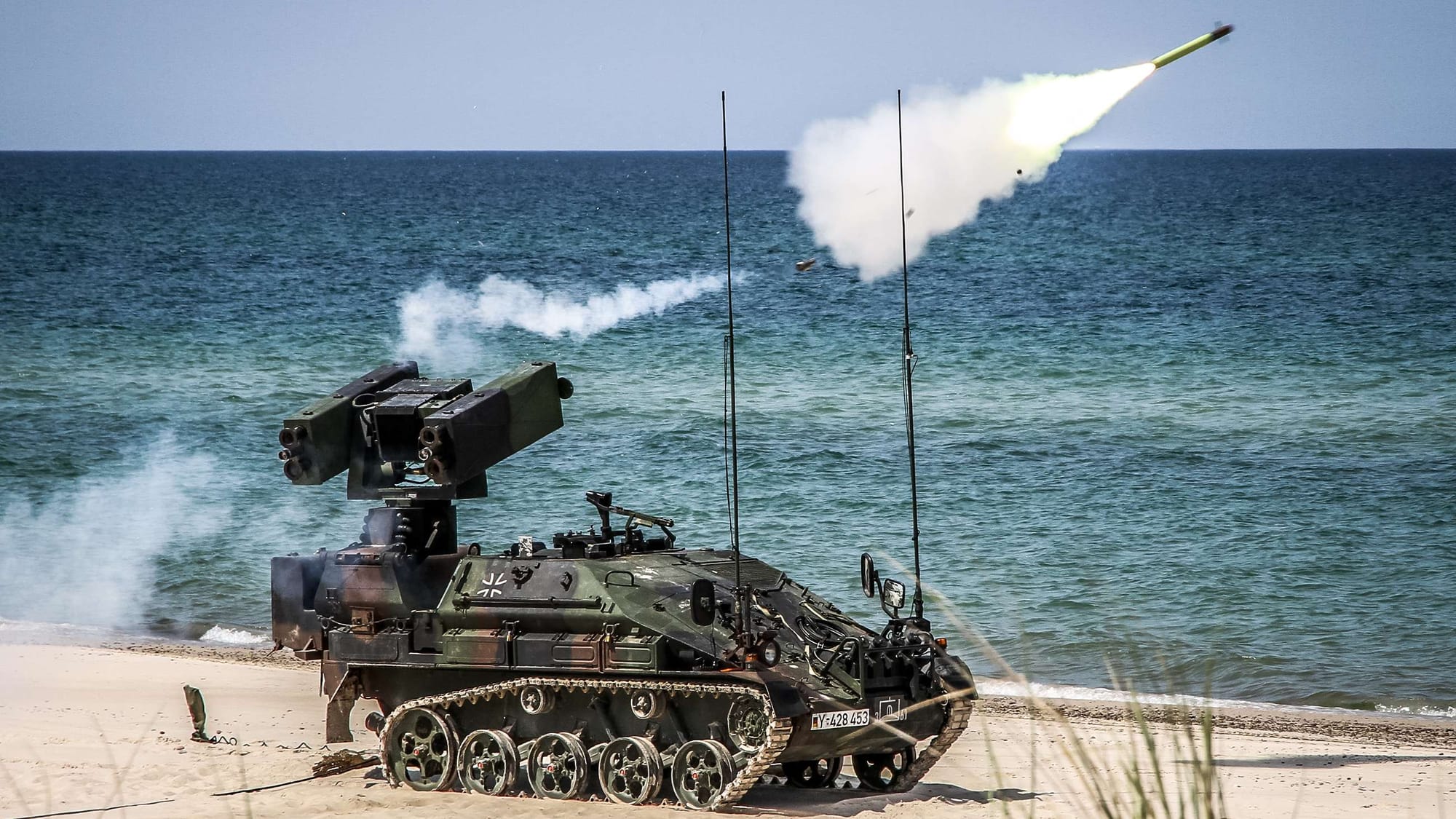

The Rise of Integrated Layered Air and Missile Defense (IAMD)
Air and missile threats have evolved beyond singular, linear attack profiles. Adversaries now employ combinations of low-RCS cruise missiles, ballistic threats with depressed trajectories, saturation drone swarms, and maneuverable reentry vehicles. In response, Integrated Air and Missile Defense (IAMD) has shifted from asset-specific point defense toward multi-tiered, geographically distributed, and sensor-fused architectures. The shift is not merely additive in capability but transformational in command-and-control, sensor fusion, and cross-domain integration.
Layering by Kinematics, Altitude, and Role
Effective multilayer air defense is a function of both engagement envelope diversity and command-and-control cohesion. Lower layers, typically including VSHORAD and SHORAD systems, serve to attrit drones and low-flying munitions in proximity to key assets. Medium-range interceptors cover a wider footprint and begin to address maneuvering cruise threats. At the high end, exo-atmospheric or upper-tier endo-atmospheric interceptors (akin to THAAD or equivalent systems) counter ballistic missiles and potentially hypersonic glide vehicles.
| Layer | Engagement Zone | Representative Systems | Target Types |
|---|---|---|---|
| VSHORAD | < 6 km | Ozelot, MANPADS (Stinger) | Drones, low-flying munitions |
| SHORAD | 6–15 km | Skynex, NASAMS SLS | UAVs, cruise missiles |
| MRAD | 15–100 km | IRIS-T SLM, Patriot, SAMP/T | Cruise, ballistic (short range) |
| Strategic | >100 km / exo | Arrow 3, THAAD, Twister (future) | Ballistic, hypersonic threats |
However, these layers must not exist in isolation. Overlapping coverage must account for multiple engagement windows, radar horizon limits, and differential time-to-impact. The architecture must ensure handoffs between layers are seamless and deconflicted across electromagnetic and fire control domains.
Distributed Sensing and the Role of Data Fusion
As threats become faster and more evasive, sensor latency and field-of-view constraints become critical. No single radar—regardless of sophistication—can provide uninterrupted cueing across all altitudes and sectors. This necessitates a distributed sensor network comprising ground-based AESA radars, passive RF sensors, over-the-horizon (OTH) assets, and space-based early warning platforms.
What defines a capable IAMD system is not just sensor diversity but data fusion and timeline management. Track correlation, discrimination, and fire control-quality handoff depend on software-defined fusion engines that can resolve clutter, spoofing, and signal degradation. AI-assisted threat prioritization and sensor tasking are no longer optional—they are integral to real-time survivability.
Operational reports from Ukraine suggest that low-flying cruise missiles, including the Kh-101, have at times penetrated air defense networks by flying below radar coverage thresholds—some reportedly as low as 50 meters AGL (Kyiv Independent, July 2024)—underscoring the criticality of elevation-layered sensors and resilient data fusion.
C2 Architecture: From Sector Defense to Strategic Shielding
The maturation of layered air and missile defense is inseparable from the evolution of command-and-control (C2) architecture. Legacy systems operated within rigid sector boundaries, with limited lateral coordination. Modern IAMD demands a cross-boundary, coalition-integrated posture—where engagement authority and sensor-tasking are decentralized, yet synchronized in real time.
Tactical friction points remain. SHORAD units—tasked with countering UAVs, loitering munitions, and low-flying missiles—often engage threats independently, using onboard sensors and local fire control.
Yet missile defense engagement authority is frequently retained by centralized command nodes at brigade, corps, or national levels. This disparity introduces latency into the kill chain, raising the risk of fratricide (e.g., interceptors engaging the same target or masking one another) or missed engagement windows due to delayed deconfliction between SHORAD and MRAD tiers.
To mitigate this, NATO and several European nations are exploring the potential for AI-delegated engagement frameworks—which could technically allow vetted edge nodes (e.g., mobile SHORAD batteries or airborne sensors) to autonomously initiate engagement under predefined threat ID protocols. These systems would incorporate failover autonomy, to enable continued operation in C2-degraded or contested spectrum-environments while preserving broader battlespace coherence.
However, under current NATO policy, all lethal engagements remain subject to human oversight. AI is increasingly integrated into decision support roles, enhancing sensor fusion, threat prioritization, and fire-control sequencing—but final engagement authority is retained by human commanders.
A future shift will likely favor cloud-edge hybrid C2 architectures, where AI-enabled tactical nodes execute rapid kill decisions, while upper echelons manage asset survivability, rules of engagement, and multi-layer prioritization. NATO’s Integrated Air and Missile Defence System (NATINAMDS) reflects initial steps toward more distributed, resilient C2. Meanwhile, Germany’s procurement of the IRIS-T SLM and SLS systems, and related command integration initiatives under the European Sky Shield Initiative (ESSI), illustrate a broader trend toward modular, software-defined architectures capable of networked, multi-tier defense.

TL;DR: The capability exists or is near-ready in some platforms, but NATO doctrine prohibits autonomous lethal engagements without human authorization.
Technological Status:
- AI-delegated fire control at the tactical edge is technologically feasible. Modern SHORAD and radar platforms can process threat classification, IFF (Identification Friend or Foe), and target prioritization autonomously.
- Sensor fusion engines and fire control systems (e.g., those in IRIS-T, NASAMS, or Skynex) are technically capable of executing kill chains with minimal or no human input—given the right software and authorization thresholds.
- Failover autonomy in degraded or contested C2 environments is also being actively prototyped—especially in counter-UAS systems, where milliseconds matter.
Doctrinal and Policy Constraints:
- NATO policy mandates human-in-the-loop or human-on-the-loop control for any lethal engagement. This is codified in various alliance statements and echoed in national policies (e.g., Germany, France, UK, U.S.).
- The use of AI is limited to decision support, target nomination, and threat prioritization—not engagement authorization.
- Legal, ethical, and interoperability concerns prevent AI-delegated lethal authority—even if a system is technically capable of it.
Operational Implications and Future Tradeoffs
The adoption of a multilayer IAMD posture imposes significant tradeoffs: logistical burden, electromagnetic signature management, and the challenge of maintaining high alert status across dispersed units. Forward basing of interceptors in electronic warfare-contested zones demands resilient comms and autonomous sensor-operation fallback modes. Equally, mobility must be balanced with emplacement time and terrain masking—particularly for medium- and high-tier systems.
The growing role of unmanned and decoyed threats further complicates engagement prioritization and munition expenditure planning. Nevertheless, the evolution from point defense to strategic shielding fundamentally alters the defender's calculus. It enables not only passive protection but also active battlespace shaping, deterring adversaries by denying them simple, high-payoff attack vectors. Future developments will increasingly hinge on interoperable, attritable systems, and software-driven fusion across domains—not merely on longer-range interceptors.
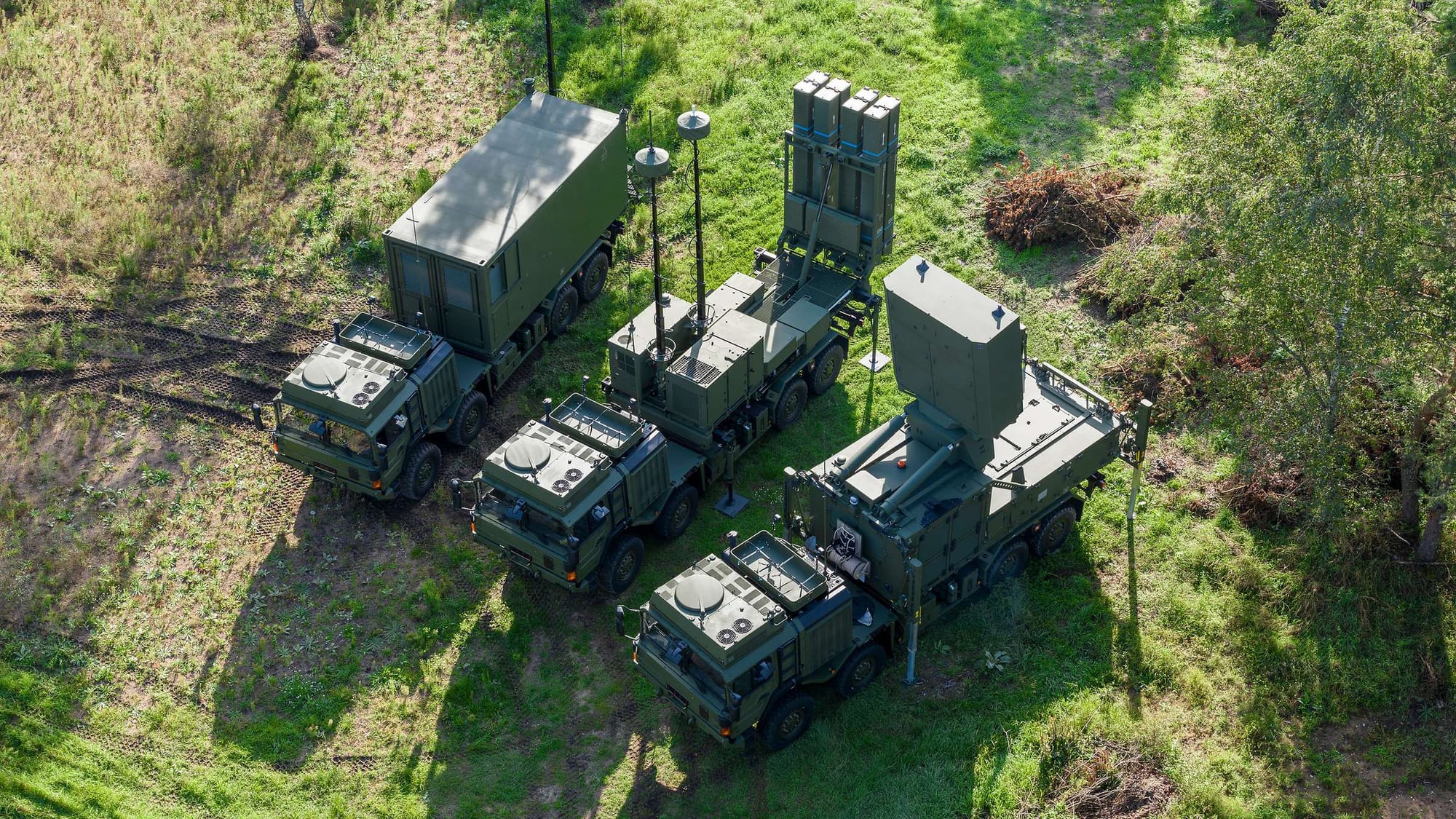
For further reading:
- NATO’s official IAMD framework reflects a strategic evolution from static, Cold War-era air defense toward a 360-degree, layered architecture that emphasizes interoperability, distributed sensors, and integrated command and control—core principles also emphasized in the article’s analysis of European air defense and the ESSI’s future potential.
- This SWP analysis examines Germany’s attempt to lead European air defense integration through ESSI, highlighting both the initiative’s strategic promise and the serious political, industrial, and interoperability challenges that currently hinder a cohesive, future-proof IAMD architecture.
Technical Appendix: Terms & Systems Referenced
Key Terminologies
- IAMD (Integrated Air and Missile Defense)
A layered defense architecture integrating sensors, interceptors, and command networks across domains to detect, track, and neutralize aerial and missile threats. - SHORAD (Short-Range Air Defense)
Systems designed to defend against low-flying aircraft, helicopters, and drones at close ranges (typically <15 km). Example: Ozelot with Stinger missiles. - VSHORAD (Very Short-Range Air Defense)
Extremely localized systems for immediate asset protection, typically man-portable or vehicle-mounted, with engagement ranges under 6 km. - NATINAMDS (NATO Integrated Air and Missile Defence System)
NATO’s distributed network of national and alliance air and missile defense capabilities, operated under Supreme Allied Commander Europe (SACEUR). - Sensor Fusion
The process of integrating inputs from multiple sensors (radar, RF, optical, satellite) into a coherent operating picture for tracking and engagement decisions. - C2 (Command and Control)
The architecture and systems that govern the decision-making, tasking, and coordination of air and missile defense operations. - 360-Degree Defense
A comprehensive coverage approach ensuring defense against threats from all directions, not limited to a single geographic axis. - Kill Chain
The sequence of actions from threat detection to engagement and assessment: detect → decide → engage → assess. - Data Latency
The time delay between sensing a threat and processing it into actionable targeting information—critical for fast-moving missile threats. - Interoperability
The ability of different systems and nations’ forces to operate together seamlessly across software, communications, and hardware layers.
Named Systems & Programs
- Ozelot / LeFlaSys
Germany’s mobile SHORAD system using Stinger missiles for low-altitude, short-range engagements. - Patriot
A medium- to long-range air defense system used by multiple NATO nations, capable of intercepting aircraft and some missile threats. - THAAD (Terminal High Altitude Area Defense)
A U.S. exo-atmospheric missile interceptor system designed for high-altitude ballistic threats. - Arrow 3
Israel’s high-altitude ballistic missile interceptor, intended for threats above 100 km altitude; considered for German procurement under ESSI. - IRIS-T SLM / SLS / SLX
A family of German-developed surface-launched missiles covering short (SLS), medium (SLM), and planned long-range (SLX) air defense tiers. - SAMP/T & SAMP/T NG
Franco-Italian medium-range surface-to-air missile systems using Aster missiles; NG version includes upgraded radar and C2 components. - Twister (PESCO Project)
A European collaborative effort under Permanent Structured Cooperation (PESCO) to develop a space-based early warning and interception architecture targeting hypersonic and ballistic threats.


